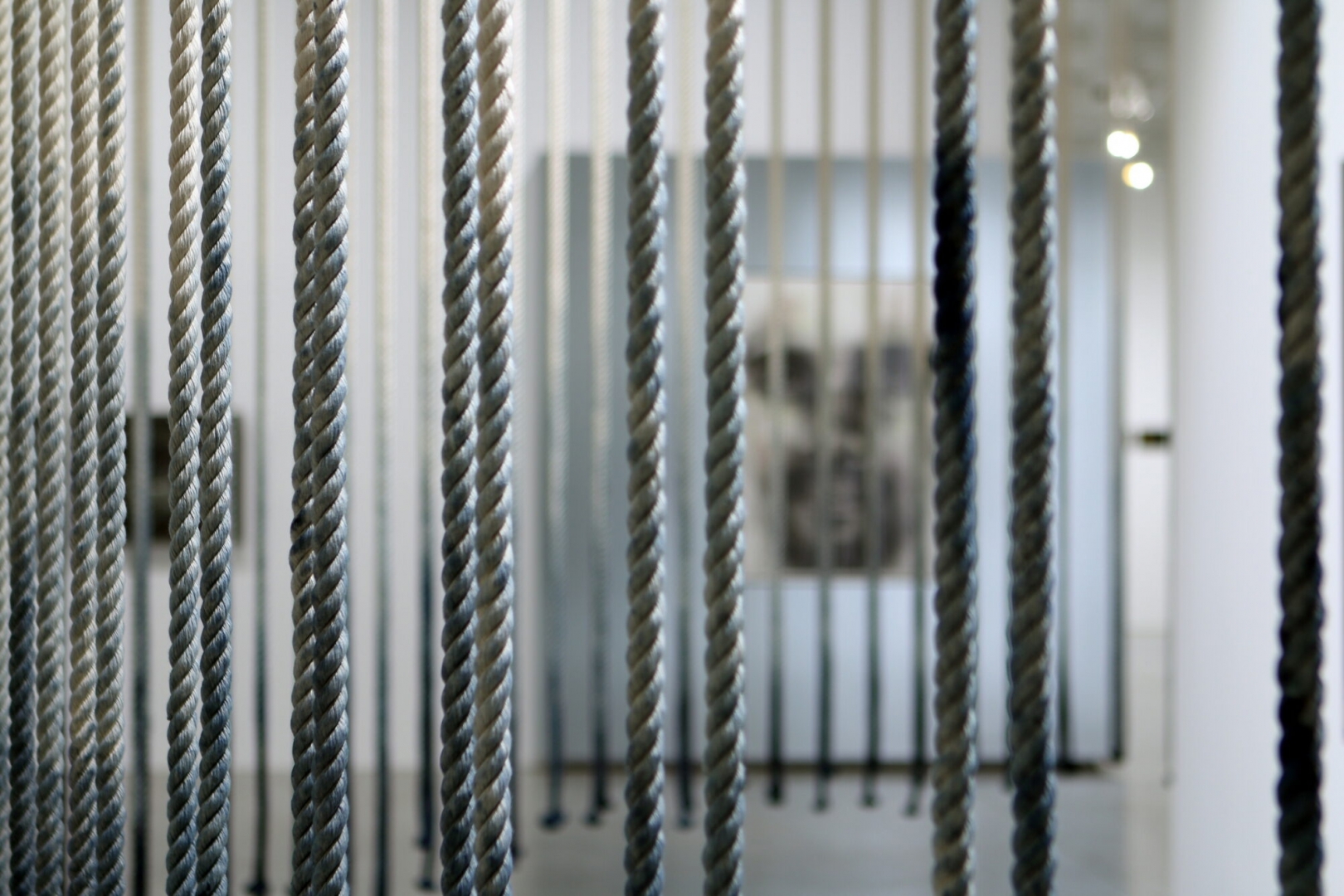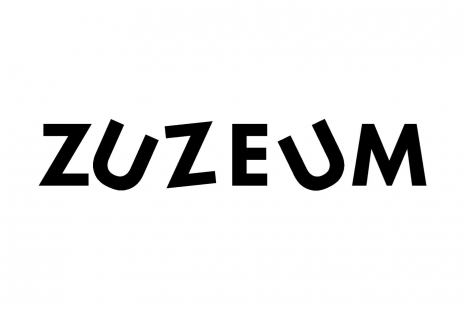The exhibition is curated by Shaheen Merali, a curator and writer based in London, who explores the intersection of art, cultural identity and global histories.
India has always existed, long before the era of hashish, hashtags and Hindutva. It exists simultaneously as a civilisation, the Raj, a state, an empire, a colony, an independent country, a rogue nation, a tribal enclave and a superpower. Known as the world’s largest democracy, the globe’s pharmacy, home of the most extensive railway network and Bollywood – the world’s most prolific film producing industry – India is one of the planet’s most populous and diverse nations, with thriving cultures across 28 states and 8 union territories.
The term Cloak and Dagger has specific connotations in popular culture, providing a useful ploy for game-playing in family settings. But as a genre, espionage in cinema, theatre, publications and more recently on televisual serialisations, it has enjoyed a great deal of public attention. Now more than ever, Cloak and Dagger plays a central role in the current merger between authoritarianism and the commodification, by surveillance capitalism, of personal data. Every time we are online, we are effectively consenting or rejecting the Cloak and Dagger tactics of processing data.
The exhibition features 57 works from the Zuzāns Collection, two films by Natasha de Betak and a site-specific installation, Spring by Paris-based artist Debesh Gosvami, in the open-air sculpture garden. The making of the exhibition took place across multiple continents while restrictions were in place everywhere, while people in India were held hostage, as they continue to be, by the spiralling dimensions of the second wave of the coronavirus.
The anticipation of artists from India might seem strange, prophetic even. But it is based on their keen observation of their country. Prediction is a moment of departure and many of the works in the exhibition were made at a time of heightened awareness by artists forced to cope with an even more precarious state of political agitation.
30 artists: Vinod Balak, Baalaa R., Natasha de Betak, Yuvan Bothysathuvar, Dilip Chobisa, Prajjwal Choudhury, Amshu Chukki, Midhun Gopi, Debesh Goswami, Probir Gupta, Sakshi Gupta, Zarina Hashmi, Zakkir Hussain, Arun K. S., Aneesh Kalode Rajan, Abir Karmakar, Siji Krishnan, Rajan Krishnan, Subrat Kumar Behera, K. M. Madhusudhanan, Nalini Malani, Sarika Mehta, Prathap Modi, Krishna Murari, Manish Nai, Parvathi Nayar, Ratheesh T., Anupam Roy, T. V. Santhosh, Priti Vadakkath.
Exhibition narrative by Shaheen Merali. Exhibition architecture by Evelina Ozola. Project director Ieva Zibarte.
Photography by Maris Lapins.
Visitor information.
Exhibition visit during working hours is available without an appointment.
Zuzeum and the Zuzāns Collection
Zuzeum, a new space for art in Riga and the home of the Zuzāns Collection, opened its doors to the public on 10 September 2020. Founded by Dina and Jānis Zuzāns, prominent collectors of Latvian, Russian and international art, Zuzeum is a new addition to the arts infrastructure of the Baltic Sea region, providing a unique space for cultural exchange, and public access to the growing Zuzāns Collection.
Zuzeum is housed in a former cork factory designed and built in 1910 by architect and engineer Edmund von Trompowsky. Located in between the historical centre of Riga, a UNESCO World Heritage Site, and the upcoming Rail Baltica railway integrating Helsinki, Tallinn, Riga, Vilnius and Warsaw into the European rail network, the yellow brick building aims to continue the story of Riga’s metropolitan past.
With more than 20,000 artworks representing painting, graphic art, sculpture, decorative arts and design, the Zuzāns Collection is the largest private collection of Latvian art in the world. With late-19th-century and early-20th-century art, classical modernist art and Soviet-era art, the collection represents both established artists and movements in the history of Latvian art and lesser-known, nonconformist personalities, whose work may be underrepresented in public art institutions.
A growing collection of Russian nonconformist art and contemporary international painting and sculpture marks a new direction in the development of the collection. The idea behind this expansion is to place Latvian art within a wider context and to engage in active dialogue with the international art community.
Dina and Jānis Zuzāns, the founders of the Zuzāns Collection and Zuzeum, have been supporting art for two decades, providing funds for the representation of Latvian art abroad, national participation at the Venice Biennale, art and music festivals, and art publishing. As an art expert, Jānis Zuzāns is a prominent part of the Latvian art scene. He’s also a member of Tate’s Russia and Eastern Europe Acquisitions Committee.





